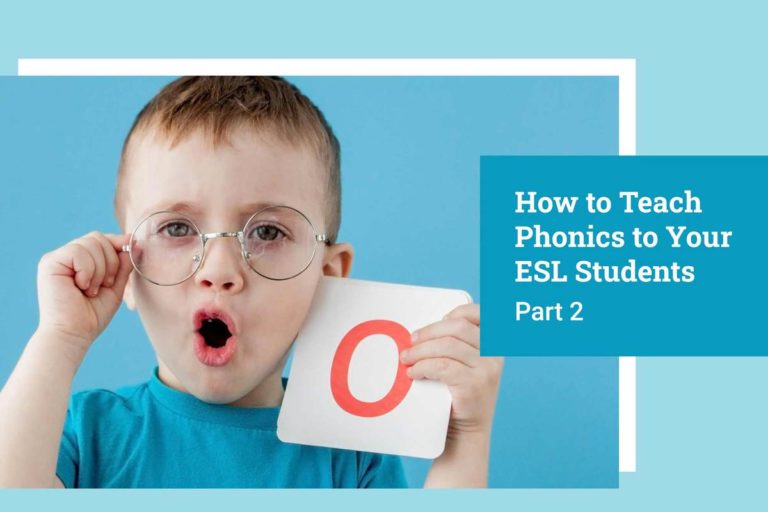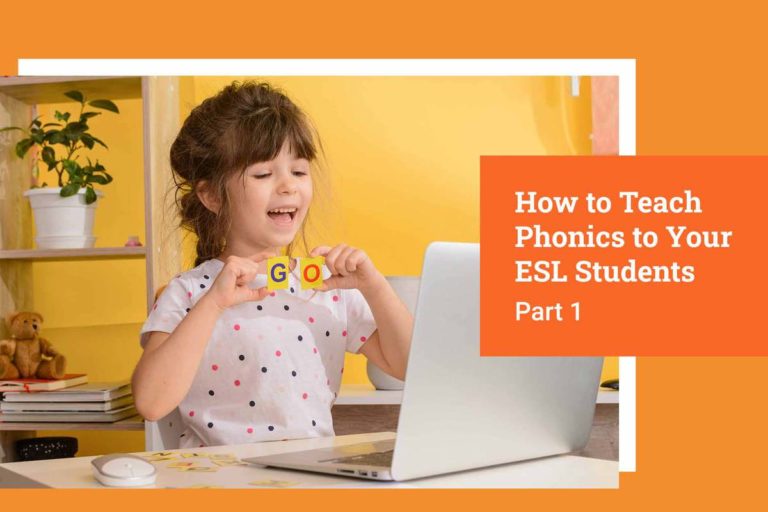Ready to start teaching English online?
Teach with VIPKidPlanning ESL lessons on your own can be quite a challenging task, especially when you are just starting your job as a TESOL teacher in a new school or as an online teacher. And it can be even more challenging and stressful if you are going to teach ESL outside your home country.
Therefore, to avoid an unpleasant surprise, we recommend that you carefully study this article. We have collected some tips and tricks that are related to ESL lesson plans and would be helpful if you are stuck while preparing for your ESL class. Besides, do not hesitate to network with other English teachers and exchange experiences with them.
So, before you start creating a lesson plan, research the following questions
- Who are my students? How do most of them prefer to perceive information – through sight, hearing, or touching?
- What is the level of my students? English lesson plans and teaching styles depending on the students’ level and should be different for beginners and advanced students.
- On which skills should I put more emphasis – reading, writing, listening, or ESOL speaking activities? Or all of them? Maybe the school has any specific requirements?
- Should I stick to the school’s learning goals or develop those goals on my own?
- Will I teach alone or will you get help, such as translation for beginner students?
Basically, a lesson plan should consist of the following stages
Presentation Stage

At this stage, you present the lesson’s objectives to the students. You can use flashcards, draw pictures, show a video, or tell a story that incorporates the subject matter for your lesson.
Controlled Practice Stage
At this stage, you give your students an opportunity to practice the material that you have presented to them. Both the teacher and students are involved in activities, so you can see if the students have grasped the material and correct any mistakes.
Free Practice Stage
At this stage, the students can practice the learned material independently, without being watched. This can be done in a game form, especially with younger learners.
Now let’s take a look at the steps that you should take during ESL lesson planning.
Find Out The ESL Lesson Plan Objectives

Decide on aspects you are going to focus on– grammar, vocabulary, pronunciation, ESL speaking activity, etc. For younger students, it can be games, songs, etc. Then narrow down these objectives to more specific ones, such as phrasal verbs, past simple tense, colors, food, “th” sound – you name it.
Adjust The Lesson Plan To Your ESL Class
If you already know your students, then you should be aware of how much extra time they will need for questions, how many of them tend to arrive late, etc. In other words, you should take into account all that human factor stuff when making your ELL lesson plans.
Consider The Learner Types
You may already know that there are different types of learners, such as visual, audial, kinesthetic, and reading/writing. If you already know the proportion of learner types in your classroom, then it would be easier for you to allocate the listening, reading, writing, playing, and ESL conversation activities when making your ESOL lesson plans. Besides, make sure to find a proper balance between individual and group activities, as all students are different. Some of them are less active and shyer than others, but it does not mean that they are worse than others. Your challenging task is to find an individual approach to each of your students.
Prepare ESL Materials and Worksheets
You can both find the ready-made learning materials on the internet and create your own worksheets. Do not forget to put pictures on your worksheets to make them livelier and less boring. Another option is to use puzzles, such as crosswords or riddles. Finally, save your materials both as a hard copy and electronic version to reuse them with your next classes.
Prepare Visual Aids

Some ESL lessons may require extra visual aids, such as PowerPoint presentations, videos, or physical items.
Plan Warm-Up Activities
In some cases, a little time is left at the end of the lesson, and you can use this time for exciting activities, such as vocabulary review games. You can also save this time for the beginning of the lesson and invest it in various warm-up activities and speaking activities.
Be Prepared To Improvise
It is okay to be creative and deviate from the plan now and then, but of course, you should not go too far from it.
We hope that our article has helped you become more confident when preparing your TEFL lesson plans. If planned correctly, ESL lessons can be an exciting adventure both for the teacher and students.



